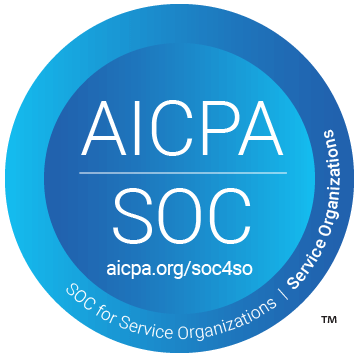Get started with Shape today!
All-in-one software for marketing, sales, customer service, CRM, and operations.
Share Article
Blog
How to Maintain Corporate Compliance Across Multiple Locations While Enabling Local Flexibility
-
setshape

When a single compliance misstep at a branch office can trigger a firm-wide audit, it’s clear: managing compliance across multiple branch offices isn’t just a box to check — it’s mission critical.
But here’s the problem: Most companies establish rigid rules from the top down, leaving branch office employees feeling powerless, frustrated, disengaged, and unable to respond to local client needs (whose needs they know best). Others go too far in the opposite direction, giving advisers’ branch offices too much freedom and ending up with inconsistent processes, poor oversight, and exposure to regulatory risk.
If your firm is growing fast, or you simply strive to avoid compliance trouble, you need a system that delivers multi-branch compliance management without suffocating branch-level flexibility. In this guide, we’ll show you how to strike that balance — with actionable strategies, tech recommendations, and real-world frameworks for success.


Why Multi-Branch Compliance is So Difficult
Firms with operations geographically dispersed across states or regions face a unique set of challenges:- Maintaining consistent branding, policies, and procedures
- Managing compliance inspections and standards across different office locations
- Enforcing compliance policies while enabling flexibility to meet client needs
- Addressing audit findings and prior disciplinary events from specific branch offices
Foundations of a Strong Multi-Branch Compliance Program
To address these challenges, firms need a multi-branch initiative built on four pillars: consistency, visibility, adaptability, and accountability.1. Establish Uniform Policies Across All Offices
At the heart of effective multi-branch compliance management is a consistent set of policies and procedures that every office follows. These standard operating procedures might include:- Compliance rule adherence and interpretation
- Custody rule protocols
- Guidelines for approving personal trading activities
- Documentation of portfolio management practices
2. Implement Branch-Level Customization Within Approved Boundaries
Total centralization can create friction, stifle creativity, and cause division at the local level. Instead, provide specific branch offices with tools to tailor their advisory services and offerings within corporate compliance constraints. This allows for responsive client service while maintaining oversight of client accounts and advisory personnel working on them. This approach also supports consistent implementation of corporate objectives while empowering local branch office activities to meet their clientele’s needs.
Supervision and Oversight: From the Main Office to Every Branch
A successful program includes proactive supervisory practices relating to:- Main office oversight of compliance checks at branch offices
- Documented monitoring of portfolio management decisions
- Audit trails for material disclosures and access persons
- Systems to properly identify access persons and flag potential conflicts
- Oversight of personal trading activities and client fee billing
Technology as the Backbone of Compliance
Modern portfolio management systems, CRM platforms, and reporting dashboards are key to effective management. These tools can offer unmatched value in scaling your compliance oversight efforts. Look for systems that support:- Customized workflows for multiple branch teams
- Centralized data access for compliance departments
- Flagging and alerts for risky branch office model behavior
- Integration with internal communication tools for advisory personnel
Training and Culture: The Human Side of Compliance
Technology and documentation alone won’t protect your firm. Your compliance programs must also include:- Ongoing compliance training and education
- Clear escalation paths for compliance issues
- Culture-building initiatives that emphasize ethical conduct
- Guidance for hiring supervised persons in new or expanding branch offices

The Right Balance Is Possible
Compliance is never static, and for firms operating across multiple branch offices, the complexity is only increasing. But with a well-structured multi-branch initiative, centralized policies and procedures, modern technology, and the right culture, it’s entirely possible to meet compliance standards while supporting local agility. Remember: the goal isn’t rigid control, but effective branch office oversight that allows your advisers’ branch offices to thrive without compromising regulatory integrity. Work with Shape today to get efficient compliance systems that work seamlessly across locations.Keywords:

